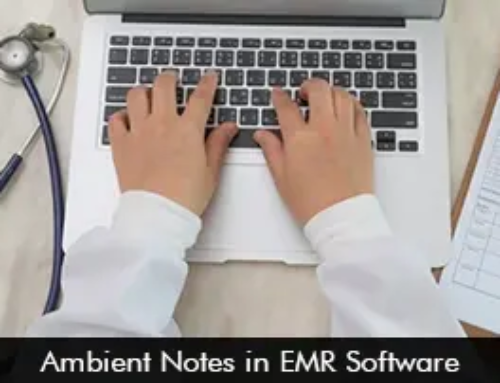Healthcare organizations, hospitals, and clinics in the US have deployed Electronic Medical Records (EMR) Software solutions. The robust digital technology software helps streamline daily clinical, administrative, and financial workflows to enhance productivity. To get the most out of EMR software systems organizations must have a good understanding of what these systems are capable of doing for any medical practice. Many misconceptions float in the user’s mind regarding these software solutions and in this article, we aim to represent the right facts.
The top 5 Electronic Medical Records Software Myths
-
The EMR Software is designed for large-sized healthcare setups
One of the biggest misconceptions about Electronic Health Records software is that they are only meant for large hospitals. This is untrue, as there are all sorts of software vendors catering to different practice sizes. EMR software vendors who design for small and independent practices offer cost-effective solutions including extensive training to help in the implementation process. The best Electronic Medical Records Software for small medical practices includes NextGen Healthcare, Kareo EMR software, and Practice Fusion. Smaller private practice physicians provide more than 80% of the care offered to uninsured patients in the US. Technology solutions help to deliver better care.
-
Data stored in the EMR Software leads to security risk
Paper records are unsafe in contrast to electronic data. The software compliance measures such as file encryption and HIPAA compliance ensure that patient health information is protected round the clock. The software is capable of tracking every time the record is being accessed and always backs up the data to ensure that it is available to providers when needed.
-
Old doctors can’t learn the new software technology
An intuitive EMR software system is usually simple to navigate by everyone in the healthcare organization and can help enhance daily workflows. Software features such as customizable templates and dictation tools can support easy learning as clinical tasks are streamlined. There is an initial learning curve, however, good training can overcome any fears associated with learning the new software solution.
-
The use of EHR software may negatively impact patient-provider communication
Having a digital solution such as electronic medical records software helps physicians have more information about their patients and supports enhanced communication. A good EMR software system allows the doctor to spend less time on documentation and more time focusing on what they love to do which is taking care of their patient.
-
EMR Software is expensive
This is the last myth and the most believed one. However, this is not true. Many affordable EHR software solutions charge less than $500 per month and offer all the essential features to enhance productivity levels. The features include e-Prescribing, charting, voice recognition, scheduling, and other integrated features that streamline routine procedures.








